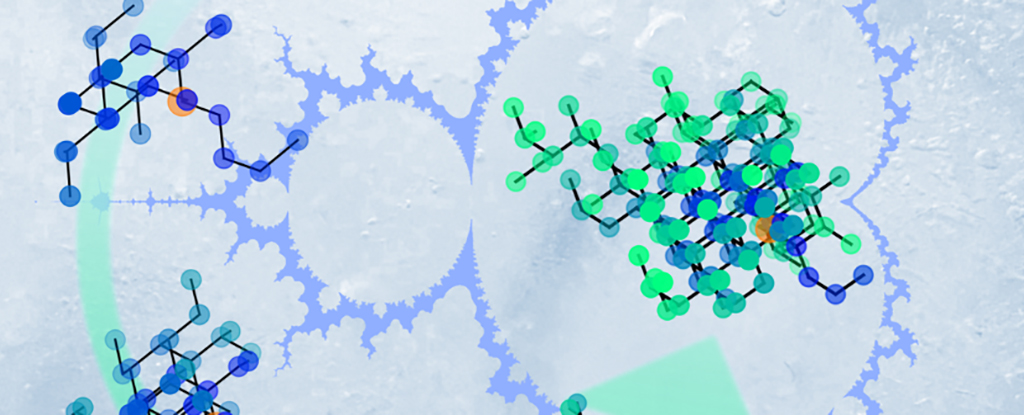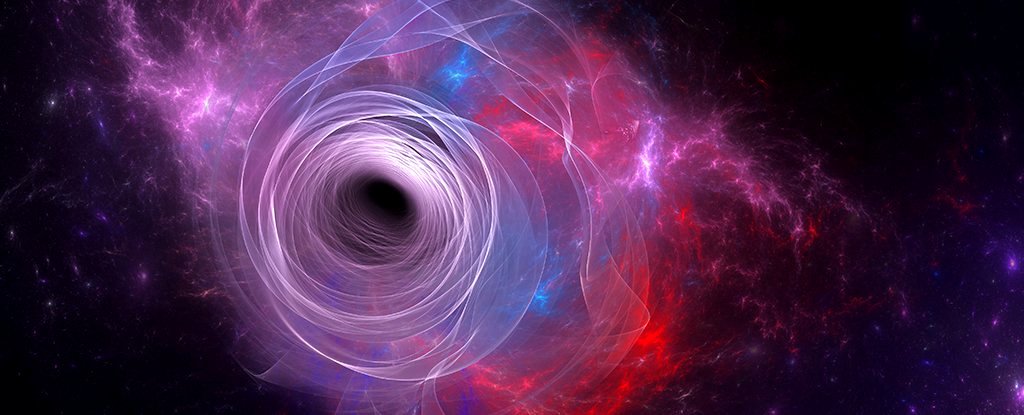Fractal patterns are found everywhere, from snowflakes to lightning to the rugged shorelines. Beautiful to behold, their repetitive nature can also inspire mathematical insights into the chaos of the physical landscape.
A new example of these mathematical oddities has been discovered in a type of magnetic substance known as spin ice, and it could help us better understand how a peculiar behavior called a magnetic monopole emerges from its turbulent structure .
Spin ices are magnetic crystals that obey similar structural rules to water ice, with unique interactions governed by the spins of their electrons rather than the push and pull of charges. As a result of this activity, they do not have a single low-energy state of minimal activity. Instead, they almost hum with loud noises, even at insanely low temperatures.
Out of this quantum hum arises a strange phenomenon – properties that act like magnets with only one pole. While they’re not entirely hypothetical magnetic monopole particles Some physicists believe they might exist in nature, but they behave similarly enough to be worth studying.
An international team of researchers recently turned their attention to a spin ice called dysprosium titanate. When small amounts of heat are applied to the material, its typical magnetic rules break and monopoles arise, with the north and south poles separating and acting independently.
A few years ago A team of researchers identified characteristic magnetic monopole activity in the quantum hum of a dysprosium titanate spine-ice, but the results left some questions about the precise nature of these monopole motions.
In this follow-up study, the physicists found that the monopolies weren’t keeping up complete freedom in three dimensions. Instead they were confined to a 2.53 dimensional plane within a fixed grid.
Scientists created complex atomic-level models to show that monopole movement was constrained in a fractal pattern that was erased and rewritten depending on conditions and previous movements.
“When we fed that into our models, fractals were created immediately,” says the physicist Jonathan Hallén from the University of Cambridge.
“The configurations of the spins created a network on which the monopoles had to move. The network branched out as a fractal of just the right dimension.”
This dynamic behavior explains why conventional experiments have so far missed the fractals. It was the noise created around the monopoles that finally revealed what they were actually doing and the fractal pattern they were following.
“We knew something really strange was going on” says the physicist Claudio Castelnovo from the University of Cambridge in the UK. “Results from 30 years of experimentation were not correct.”
“After several failed attempts to explain the noise results, we finally had a eureka moment realizing that the monopolies must live in a fractal world and not freely move in three dimensions as has always been assumed.”
These kinds of breakthroughs could lead to fundamental shifts in how science can be done and how materials like spin ice can be used: maybe in spintronicsan emerging area of study that could offer an upgrade to the next-generation electronics used today.
“Besides explaining some puzzling experimental results that have long challenged us, the discovery of a mechanism for the formation of a new type of fractal has led to a completely unexpected way in which unconventional movements in three dimensions can take place.” says the theoretical physicist Roderich Moessner from the Max Planck Institute for the Physics of Complex Systems in Germany.
The research was published in Science.





